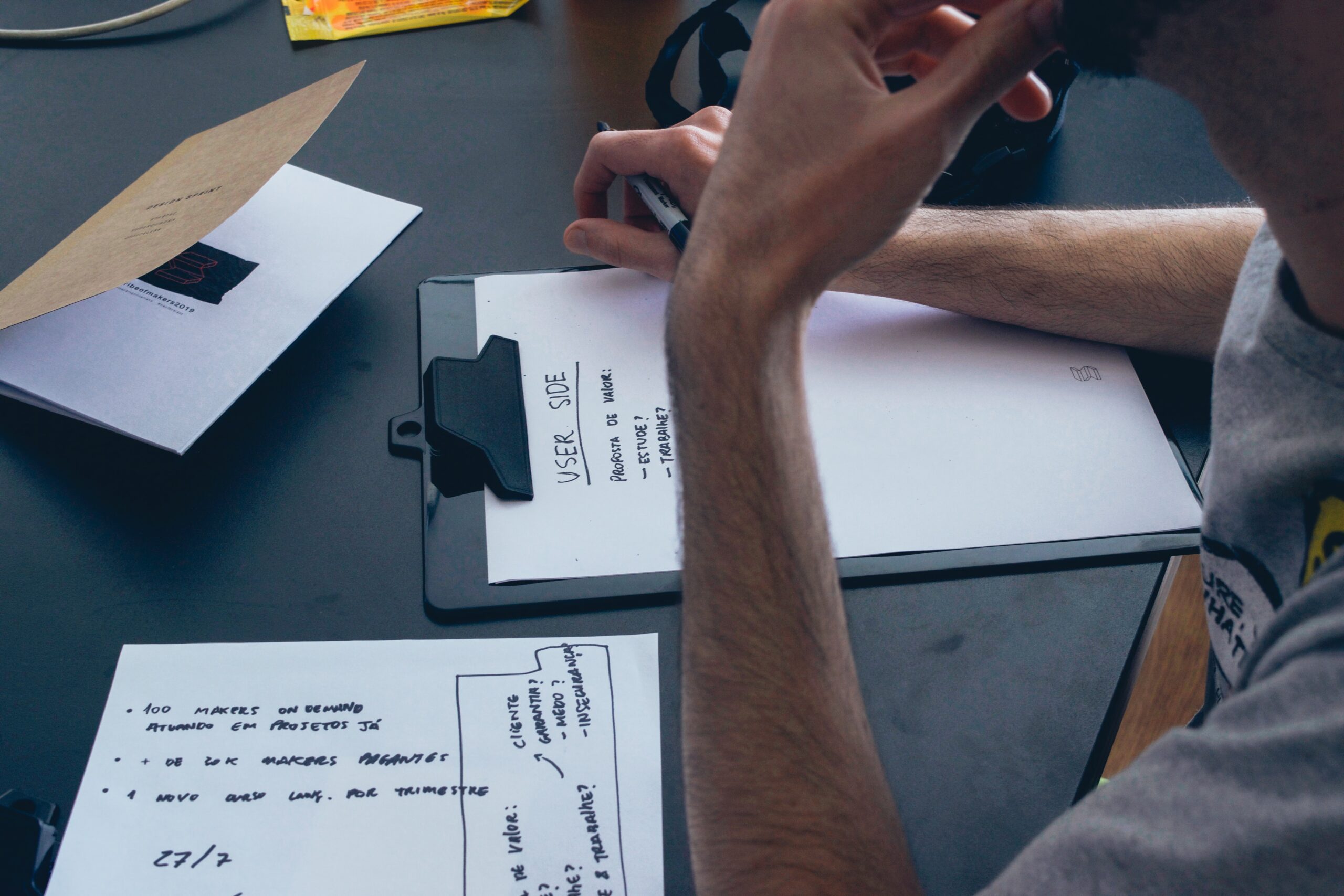Existing Information Synthesis (EIS)
At paradoxes, we have conducted hundreds of Existing Information Synthesis (EIS) projects to help researchers, product marketers, compete teams, pricing & packaging, and product planners make impactful decisions leveraging existing information. Our clients have often not had the time, access to all the data, budget for primary research, or the experience mining a trove of existing information which is when they have turned to us.
At times an EIS is used independently, while at other times it is used as part of a paradoxes mixed-method study combining qual and/or quant.
Here are the 6 EIS steps Paradoxes experts will lead you through:

1. Establish your objective
- What decisions do you want to make?
- What actions do you want to take on that information?
- What questions do you want to answer?

2. Identify available internal data
-
- What past research has your team or other teams in your organization conducted?
- What telemetry data do you have access to?
- What finance data?
- What internal stakeholders should be interviewed for their input?

3. We’ll identify additional data to be used to meet the objectives, including:
- Web site content
- Third-party reviews
- Analyst reports
- Customer service and support data
- Government information
- Social media
- White papers
- Press releases
- Quarterly and annual reports

4. Analyze, qualify, and organize the data
-
- We collect, review, and organize all the available data
- We assess all data elements for recency, credibility, relevance, and which audience/org size/industry perspectives are represented
- We identify any data gaps required to meet objectives

5. Now it’s time to synthesize and report on the findings
- We map all the reliable, well supported data to the objectives and key questions and net out the answers and insights
- We triangulate the data to identify patterns and build confidence in the findings
- We make recommendations on how sales, marketing, and product/engineering teams can take action on the findings

6. Lastly, we present the findings
- We report out the findings to you and your stakeholders
- We share any gaps that should be filled
- We make revisions based on your feedback